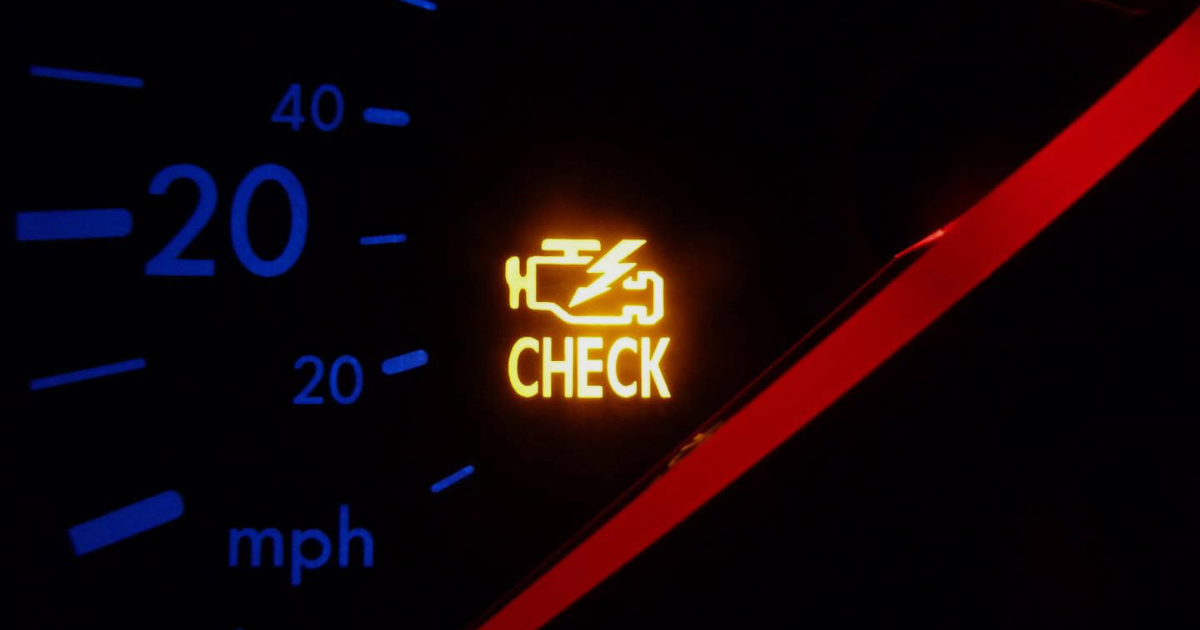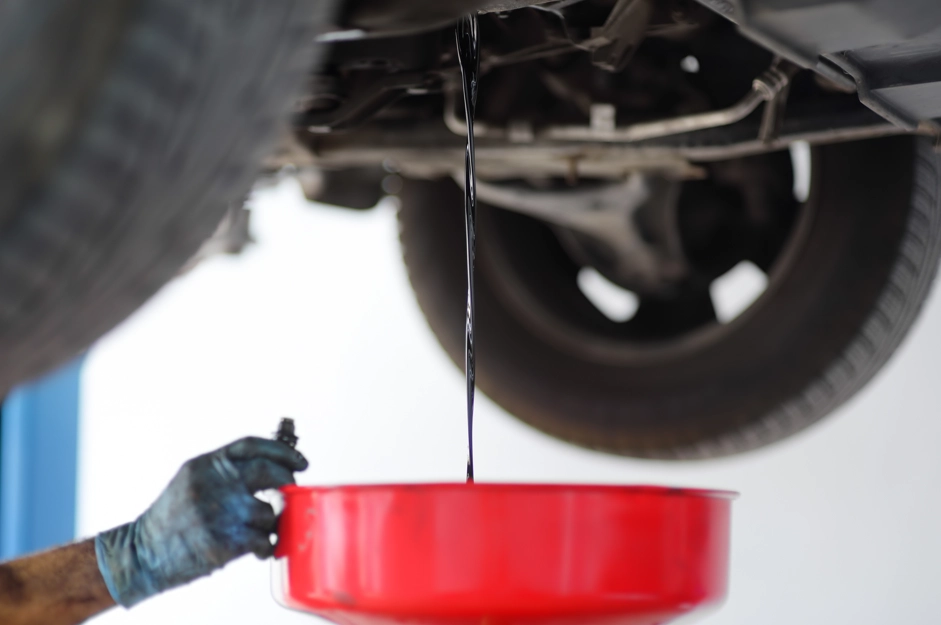A blinking check engine light might feel like a small issue—but it can signal something more significant. Also known as the CEL (Check Engine Light), it’s a warning that your vehicle’s engine or related systems might have a problem. The light doesn’t tell you exactly what’s wrong, but it’s a sign that something needs attention and shouldn’t be ignored.
In this article, we’ll go over what you should do when your check engine light comes on and explain how Check Engine Light Diagnostics can help pinpoint the issue.
Check the Gas Cap
One of the simplest and most common causes of the check engine light is a loose or improperly sealed gas cap. When the gas cap isn’t secured correctly, it causes a drop in fuel system pressure, which the car’s onboard diagnostic system (OBD) reads as a leak and turns the check engine light on.
If your check engine light is on, the first thing to do is check the gas cap. Tighten it securely and drive your car for a few trips. If the light goes off after that, the problem is likely just the gas cap.
Inspect the Oxygen Sensor
Your vehicle’s oxygen sensor monitors the amount of oxygen in the exhaust to help regulate the air-to-fuel ratio in the engine. A faulty oxygen sensor can disturb this balance, causing the check engine light to turn on.
You may notice poor engine performance or lower fuel efficiency if the sensor isn’t working properly. If you’re confident in your DIY skills, you can inspect the sensor yourself, but if you’re unsure, it’s best to have a mechanic handle it.
Read More: How Weather Conditions Affect Your Engine Cooling System
Examine the Fan and Accessory Belts
Worn or loose fan belts can cause several issues, including problems with the alternator or water pump. If these components fail, it can trigger the check engine light.
If you also notice signs of a weak battery or overheating, it’s worth checking the fan and accessory belts. If you’re not familiar with the process, a check engine light diagnostic service can quickly check these belts to ensure they’re functioning properly.
Check the Battery and Charging System
Your car relies heavily on a stable electrical system. If there’s a problem with the battery or charging system, it could cause electrical instability, which will trigger the check engine light.
Dim headlights or difficulty starting the engine are common signs of a battery problem. If you experience these symptoms along with the check engine light, it’s a good idea to get your battery and charging system checked right away.
Use an OBD Reader for Diagnosis
An OBD reader is a valuable tool that connects to your vehicle’s computer and retrieves error codes. These codes provide insight into what might be causing the check engine light.
If you know how to use an OBD reader, it’s a useful way to get a preliminary diagnosis. However, if you’re unfamiliar with the tool or the codes are unclear, it’s better to consult a professional who can interpret the data for you and offer a more accurate solution.
Visit a Mechanic for Complex Issues
While OBD readers provide some information, they can’t always pinpoint complex issues like transmission problems or engine misfires. For a thorough diagnosis, it’s crucial to visit a professional mechanic. They can perform a complete inspection and identify the root cause of the check engine light.
Need Professional Check Engine Light Diagnostics?
Ignoring your check engine light could lead to bigger, more costly problems down the road. Getting an early diagnosis can save you time and money and help you avoid unnecessary repairs.
If you’re unsure about what’s causing your check engine light to stay on, consulting a professional is your best bet. At Quality 1st Auto Repair, we specialize in Check Engine Light Diagnostics and offer a free inspection service in Rahway. Our team of experienced mechanics will help you quickly find the issue and get your car back in top shape.
Contact us today to schedule your Check Engine Light Diagnostics, and let us help you drive with confidence!





